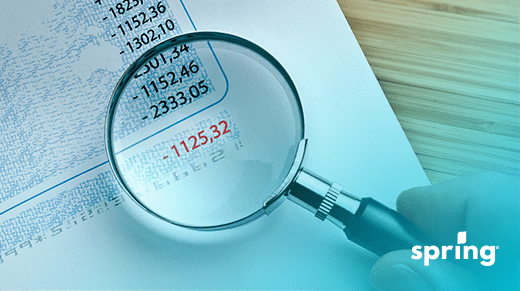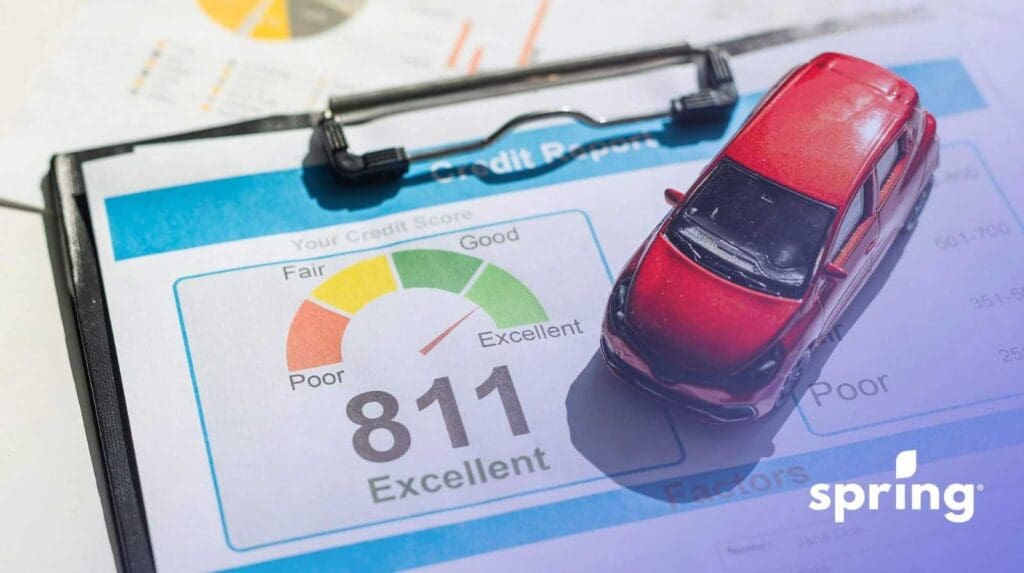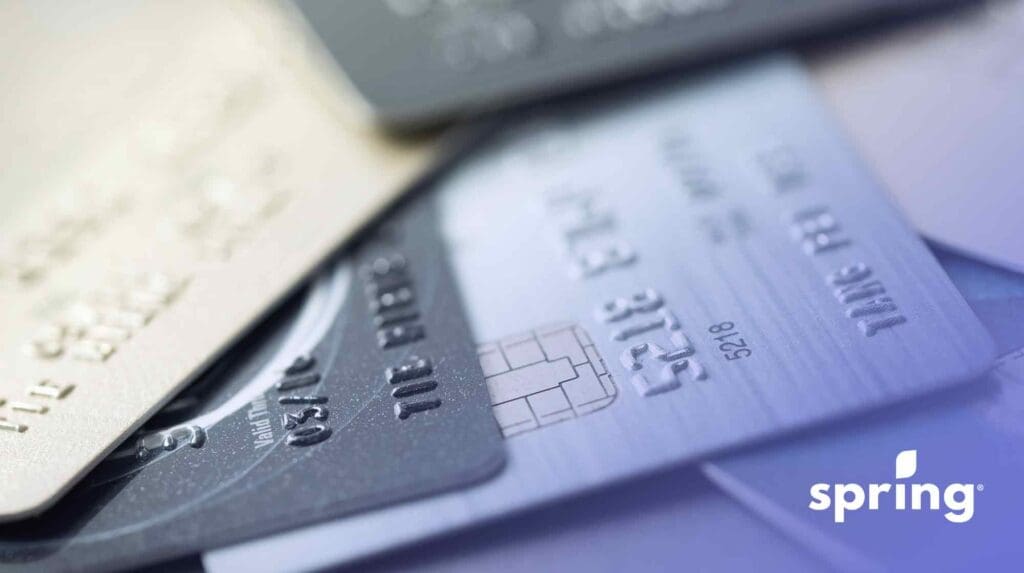When it comes to overdraft protection, your financial institution may offer you it, or you could have to apply for it. It just depends on your relationship with the bank and what your credit score is. That so, a good portion of Canadians with an active bank account will qualify for a bank account.
How Overdrafts Work
An overdraft occurs when there aren’t enough funds in your account to cover a payment, but the bank allows the payment to go through anyway. With overdraft protection, you’re given a certain amount that your bank will allow you to go over, with a certain amount of time that the funds have to be paid back by.
If you’re approved for overdraft protection, then this is considered financial protection for your account. Overdraft protection covers bills, pre-authorized debits and everyday transactions, including transactions between bank accounts and debit card transactions.
You also only incur one fee for the total overdrawn amount. If you don’t have overdraft protection, then you could end up paying NSF fees and have your payments bounce. Other financial institutions allow you to go into the overdraft with only a $5 fee.
Getting Overdraft Protection
How much overdraft protection you could get approved for depends on the financial institution that you’re with. Each one has a minimum overdraft limit, and based on your credit score, you could be approved for a minimum or a higher overdraft limit.
Once you have an overdraft approval, you’ll see this in your balance available amount. If all of the funds are used out of your account, then your account is overdrawn, and the overdraft protections will be used. Just like with any other type of financial product, though, there is a fee for every overdraft used.
That said, the fees the bank charges on overdraft protection are much lower than other financial products. If you only need a small amount of extra funds until payday, then this is the cheapest way to go. Most overdrafts only cost a low monthly fee and whatever interest is incurred. That said, each overdraft also has its own repayment terms.
Overdraft Fees and Interest
In Canada, every financial institution has its own fee for overdraft protection. These fees and interest rates can vary. Let’s take a look at some of the top banks in Canada and what these fees are.
| Financial Institution | Overdraft Fee | Overdraft Interest | Overdraft Limit |
| TD Canada Trust | $5 per month | 21% interest per year | $500 – $5000 |
| RBC Royal Bank | $5 per month | 22% interest per year | $500 – $5000 |
| CIBC | $5 per month | 21% interest per year | $100 – $5000 |
| BMO | $5 per month | 21% interest per year | $250 – $2500 |
| Scotiabank | $5 per month | 21% interest per year | $250 – $5000 |
| HSBC | $5 per month | 21% interest per year | $500 – $4999 |
| National Bank | $5 per transaction | Based on the credit used | Based on where credit is transferred from (line of credit or MasterCard) |
| Tangerine | $5 per month | 19% interest per year | $250 – $5000 |
Types of Overdrafts in Canada
Before you decide if you want to opt into overdraft protection in Canada, it’s essential to know what your options are. Different banks offer different forms of protection. It’s also important to be aware of what could happen if you don’t have the funds in your account to cover all of the payments.
Basic Overdraft Protection
Basic overdraft protection is what we’ve discussed above. This gives an agreed-upon limit, and you’re charged interest based on the annual average amount used. You’re also charged a flat monthly fee of $5 for any month that you use your overdraft. This is the most common form of overdraft protection.
Linking to Another Financial Product
Instead of having overdraft protection on your deposit accounts, some banks will link a line of credit or credit card to your account instead. This means that if you, for some reason, do become overdrawn on your account, the money will come from your linked account or linked credit card instead of having an overdrawn balance. While some financial institutions don’t charge for this, others charge a $5 fee per transaction.
Pay Per Use Overdraft Protection
For those who don’t have to use their overdraft protection service all the time, many financial institutions have the option of pay-per-use overdraft protection plans. With this type of protection, you’re only charged every time you have to go into your overdraft for each particular overdraft transaction. This charge is usually $5 per use, plus interest. If you don’t use the overdraft, then there are no fees.
That said, with this type of overdraft protection it’s not meant to be used for long periods of time. It can incur lots of fees and end up making it more difficult for you to get out of the overdraft. If that’s the case, then the basic monthly overdraft protection would be the best option. It’s important to note, though, that if you do have a savings account, most financial institutions will take the funds from there first before using your overdraft.
NSF Fees and Overdrawn Handling Fees
If you don’t have the funds in your bank account in order to pay your bills, there are two different situations that could occur. The first is an NSF fee, also referred to as a non-sufficient funds fee, which is what occurs when there aren’t enough funds in your account and the payment bounces.
The company that tries to take this payment out will likely try again, but if it declines again, then the insufficient funds fee will be charged again. In Canada, the standard NSF is $45, which can add up quite quickly.
Alternatively, not all banks will charge an NSF fee; they may charge an overdrawn handling fee instead. This means that the funds that are directly debited will still come out of your account. While these transactions still come with a fee, they often aren’t quite as expensive as an NSF fee.
The fee usually ranges from $5 – $35, depending on the financial institution. It’s important to note that this fee is charged per transaction, so while you may not be impacted by one transaction, the fees for more than one transaction can add up quite quickly.
Checking Overdraft Limits by Bank
When it comes to overdraft protection, it isn’t just given to you. You do have to agree to it. Some banks will offer it to you if you’ve been a customer with them for a while, while others will require you to apply for overdraft protection. Once you’re approved, though, you’ll be given the amount that will be added to your chequing account.
Overdraft protection works by adding the approved limit to the total spending limit of your account. The easiest way to determine your total overdraft protection is to take the amount of funds in your account and withdraw it from your total spending limit. This will give you your overdraft amount.
Once you begin using your overdraft in your account, it will be very obvious. You’ll notice that your account balance in your online banking will go into the negative. For example, if you have a total of $200 in your account and you spend $222, you’ll see the balance of your account as -$22.
Once you get a deposit into your account, though, the money will be paid back, and you’ll be back in the positive. That said, though, some banks won’t charge you any fees on this as long as you have the funds in the account by the next business day.
Credit Scores Needed for Overdraft Protection
If you’re looking for overdraft protection in Canada, then the bank may require you to get a credit cheque. This is because overdraft protection is a credit product, just like a line of credit or a personal loan. This means that the bank wants to verify that you’re responsible for your money and they’re able to get their funds back.
While a credit score isn’t the number one thing they look at when it comes to overdraft protection, it’s an important part of the process. While it’s ideal for those in Canada to have at least a good credit score in order to get overdraft protection, you can really get credit approval with a credit score of at least 600. It’s important, though, that if you use overdraft protection, you pay it back as soon as you can. This reduces your fees and keeps your overdraft protection intact for when you need it.
Pros and Cons of Overdraft Protection
While overdraft protection is a tool that many Canadians use to get from payday to payday, it does have some drawbacks as well as benefits.
Pros
The positive aspect of overdraft protection is that you have funds available when you need them. The fees are a lot lower than other things like payday loans and personal loans. You can still make all of your bill payments on time without having to worry about NSF fees and single overdraft fees, and you have cash available to you if you need it.
Cons
One of the biggest cons of having overdraft protection is the ability to overspend. Having these funds available to you makes it easier to spend more, leaving less in your account for emergencies and unexpected expenses. Depending on the type of overdraft that you have and how often you use it, the extra fees can add up faster than you may expect them to.
Alternatives to Overdraft Protection
If you’re not able to get approved for overdraft protection or are just looking for an alternative, there are some options available to you.
Lines of Credit
Instead of overdraft protection, a good alternative is a line of credit. This is a form of revolving credit that often has lower fees and allows you to spend and pay back the funds as often as you like. They also tend to have much higher limits than overdraft protection.
Credit Cards
Instead of overdraft protection, you can use your credit card. With most credit cards, there is a 21-day grace period that allows you to make a payment before then, and no interest charges are incurred. If you’re in need of a small amount of funds until payday, this can be a good idea.
With credit cards, you also have the option for cash advances to put the funds in your account. This is more costly than a standard transaction and can end up being very expensive. As a short-term solution, though, it can be very helpful.
Payday Loans
Payday loans are available from lenders that offer short-term personal loans that are often to be paid back by your next payday. These types of loans aren’t always ideal because they can have an interest rate as high as 400%. They also don’t affect your credit score when you make your payments on time, so they won’t help build up your credit.
Personal Loans
Personal loans through the bank can be difficult if you need help with your credit score. That said, there are personal loans available with alternative lenders that can help you build your credit score while getting you the funds you need. While the interest rate on these can be high, most of these personal loans are open. This means that you can pay them off in full at any time without penalty, saving your money on interest.
Overview
Overdraft protection is just one of the many ways you can protect yourself and make ends meet in the event there isn’t enough money in your account. Many people choose this route because of the low banking fees and the convenience. That said, once you’re in your overdraft, it can be hard to get out.
For this reason, we’ve mentioned some alternatives to overdraft protection that could be a good option. One of the most popular is linking another credit product to your account instead of opening overdraft protection.









